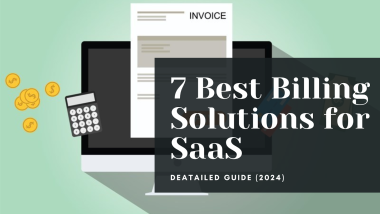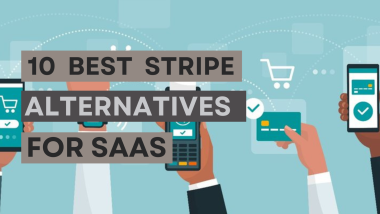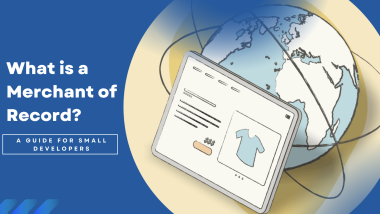Self-publishing your own indie game can be a daunting task, but with the right tools and resources, it can be a rewarding experience. In this guide, we will cover the steps you need to take to self-publish your own indie game with a website builder, payment integration, in-game store, and paid marketing.
Build Your Game
Before you can self-publish your game, you need to have a game to publish. This step involves designing and developing your game. You can use a variety of game engines and development tools, such as Unity, Unreal Engine, or GameMaker Studio, to create your game.
Once you have built your game, you should playtest it thoroughly to ensure that it is fun and engaging. You may also want to get feedback from other developers or beta testers to identify any issues or areas for improvement.
Create Your Website
The next step in self-publishing your indie game is to create a website for your game. This website will serve as your primary marketing tool and will allow you to sell your game directly to players. There are several website builders available that can help you create a professional-looking website without needing to know how to code.
Some popular website builders include Fungies Website Builder, Wix, Squarespace, and WordPress. These platforms offer a range of templates and customization options, so you can create a website that reflects the style and tone of your game.
When creating your website, make sure to include key information about your game, such as its features, story, and gameplay mechanics. You should also include screenshots and gameplay videos to give players a sense of what to expect from your game.
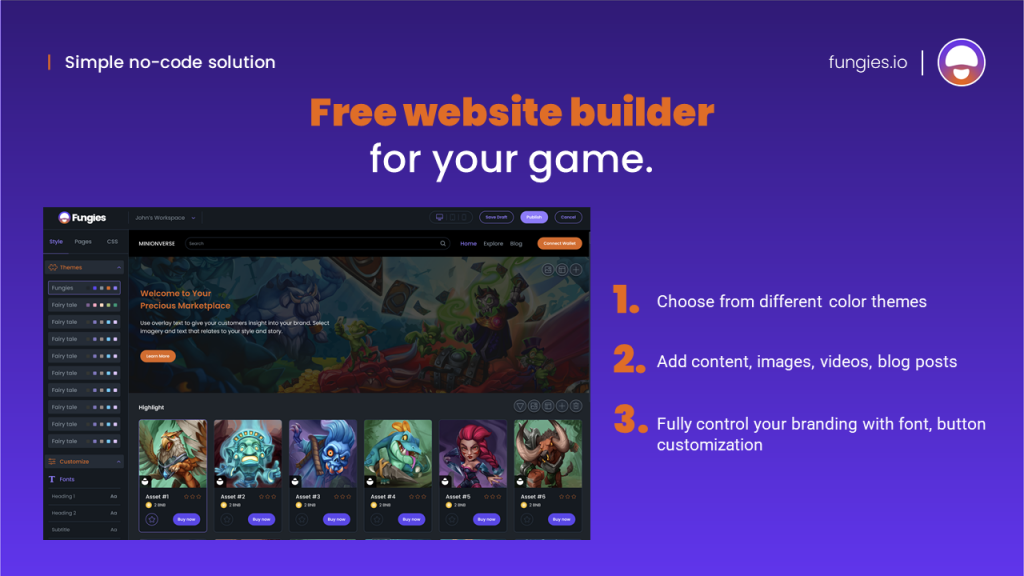
Integrate Payment Options
Once you have created your website, you need to integrate payment options so that players can purchase your game. There are several payment processors available, including PayPal, Stripe, and Square, that can help you securely process payments.
To integrate payment options, you will need to create an account with the payment processor of your choice and follow their instructions to integrate it into your website. You should also set up pricing and decide on any discounts or promotions you want to offer to entice players to buy your game.

Set Up an In-Game Store
In addition to selling your game directly through your website, you may also want to set up an in-game store where players can purchase additional content or items. This can help you generate additional revenue and keep players engaged with your game.
To set up an in-game store, you will need to integrate a payment system into your game. This will allow players to make purchases from within the game. You may also want to consider offering in-game currency or rewards that players can earn by completing certain tasks or achievements.
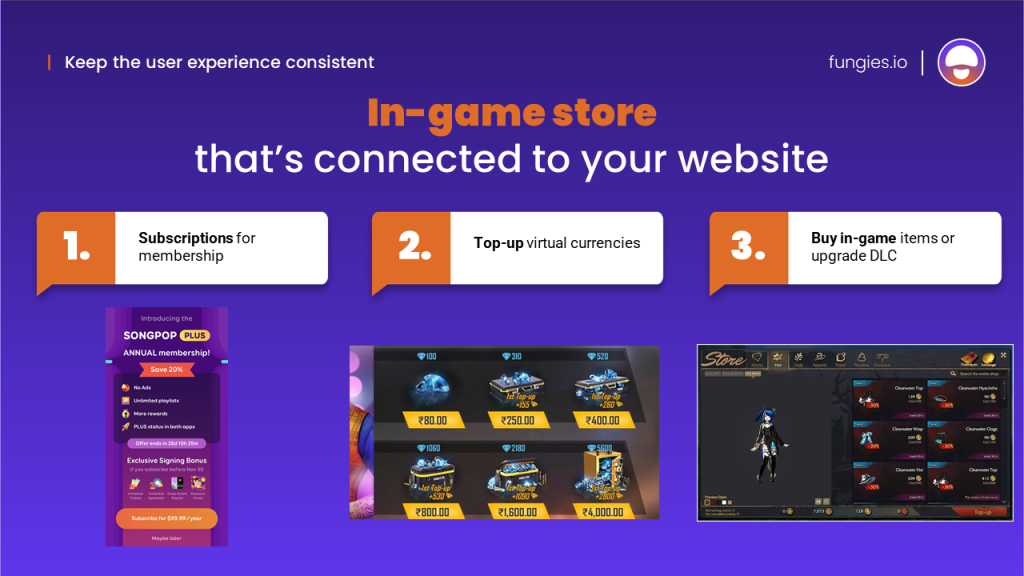
Market Your Game
Once your website is up and running and your payment options and in-game store are integrated, you need to start marketing your game. There are several ways to market your game, including:
Paid Advertising: You can run ads on social media platforms like Facebook or Instagram, or on search engines like Google or Bing to reach a wider audience.
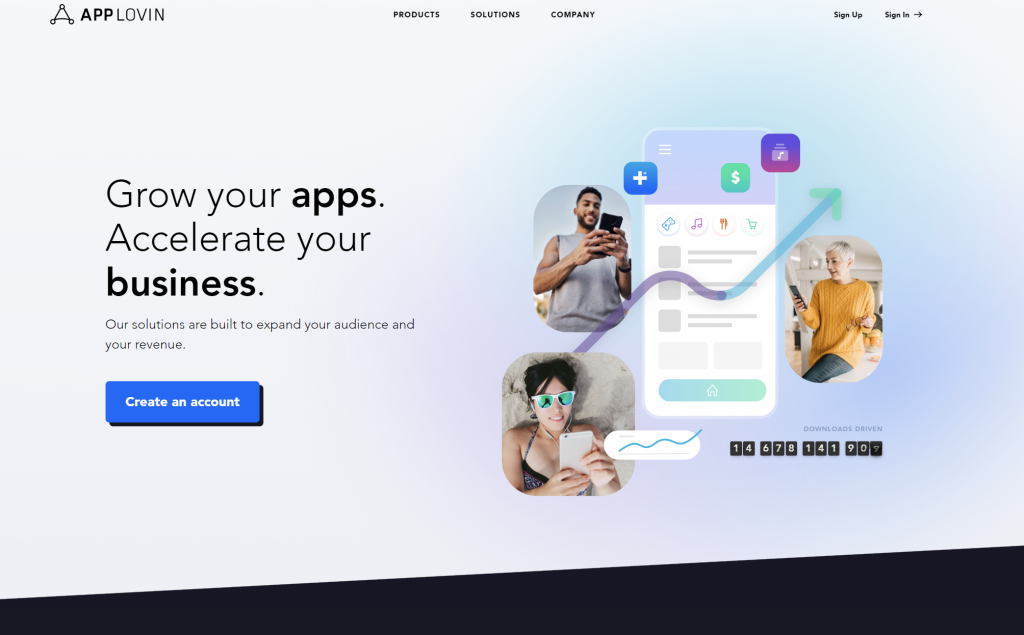
Content Marketing: You can create blog posts, videos, or other content that highlights your game and its features. This can help build awareness and generate interest in your game.
Social Media: You can use social media platforms like Twitter, Instagram, or TikTok to share updates about your game and connect with potential players.
Influencer Marketing: You can reach out to influencers in the gaming community to help promote your game to their followers.
Press Coverage: You can send press releases and review copies of your game to gaming journalists and bloggers to get coverage in gaming publications.

Self-publishing a game can be a profitable venture, especially if you can circumvent the 30% revenue share charged by platforms like Apple and Steam. While self-publishing requires a significant investment of time and effort, it can offer several advantages over traditional publishing models.
One of the main advantages of self-publishing is that you have complete control over your game’s pricing and marketing strategy. This means that you can experiment with different pricing models and promotions to find the strategy that works best for your game. You can also market your game directly to your audience, building a community of fans who are invested in your game’s success.
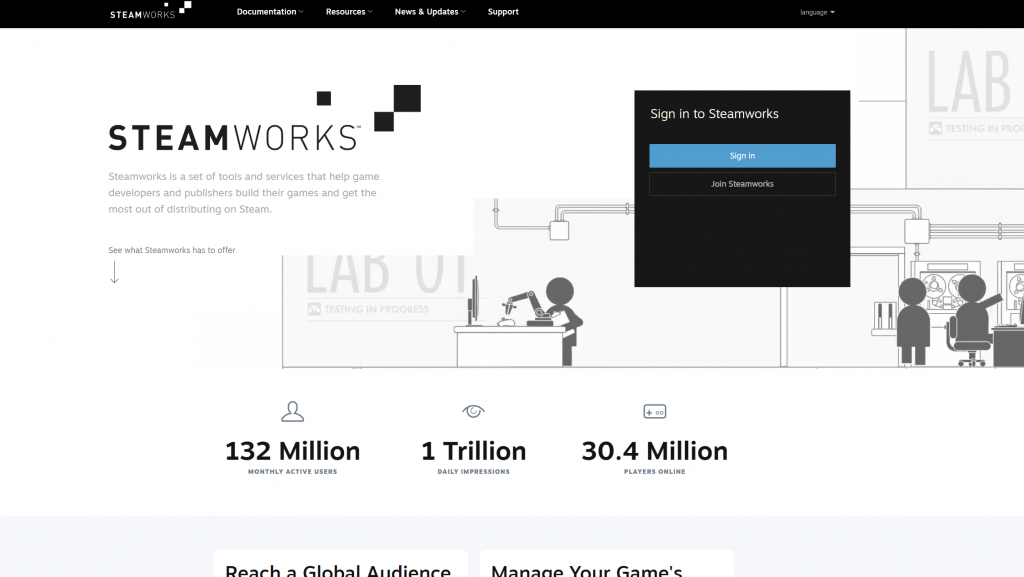
Another advantage of self-publishing is that you retain a larger percentage of the revenue generated by your game. Platforms like Apple and Steam charge a 30% revenue share, meaning that you only receive 70% of the revenue generated by your game. If you self-publish, you can retain up to 100% of the revenue, depending on the distribution model you choose.
However, self-publishing also comes with its own set of challenges. One of the biggest challenges is getting your game noticed in a crowded marketplace. With so many games competing for attention, it can be difficult to get your game noticed by players. This is why it is important to invest in marketing and promotion to build awareness of your game.
Another challenge is ensuring that your game meets the quality standards expected by players. If your game is buggy or poorly designed, it is unlikely to gain traction in the marketplace. This is why it is important to invest in playtesting and quality assurance to ensure that your game is fun and engaging for players.
Despite these challenges, self-publishing can be a highly profitable venture for indie developers. Some successful indie games have generated millions of dollars in revenue, providing a significant return on investment for their creators.
For example, Minecraft, which was developed and self-published by Markus Persson, has generated over $2.5 billion in revenue since its release in 2011. Similarly, the game Stardew Valley, which was developed and self-published by Eric Barone, has sold over 10 million copies and generated millions of dollars in revenue.

These success stories demonstrate the potential for self-published games to generate significant revenue. However, it is important to note that these are the exception rather than the rule. Most indie games do not achieve the same level of success as Minecraft or Stardew Valley.
To maximize your chances of success, it is important to approach self-publishing as a business venture. This means investing in marketing, quality assurance, and other aspects of game development to ensure that your game meets the expectations of players.
It is also important to consider the distribution model you will use to self-publish your game. There are several options available, including selling your game directly through your website, using a digital distribution platform like itch.io, or using a storefront like the Epic Games Store.
Each distribution model has its own advantages and disadvantages, and it is important to choose the model that works best for your game and your business goals. For example, selling your game directly through your website can offer greater control over pricing and revenue, but may not have the same level of reach as a larger distribution platform.
In conclusion, self-publishing a game can be a profitable venture for indie developers who are willing to invest the time and effort required to develop a high-quality game and build awareness through marketing and promotion. By circumventing the 30% revenue share charged by platforms like Apple and Steam, indie developers can retain a larger percentage of the revenue generated by their game, offering the potential for significant returns on investment. However, it is important to approach self-publishing as a business venture, investing in quality assurance, marketing, and other aspects of game development to maximize your chances of success.
